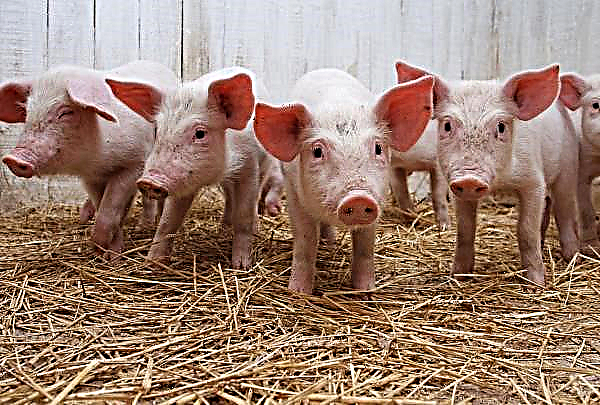A study by Imperial College London, a state research university and published in the journal Nature, analyzed data on height and weight of more than 112 million adults in urban and rural areas of 200 countries and territories from 1985 to 2017.
The study showed that between 1985 and 2017, the body mass index (an internationally recognized scale that determines whether a person has a normal weight for his height - BMI) worldwide increased by an average of 2.0 kg / m2 in women and 2.2 kg / m2 in men, which is equivalent to the fact that each person has become heavier by 5-6 kilograms.
Over 33 years of research, it has been determined that more than half of this global “weighting” is accounted for by an increase in the BMI of rural residents. In some low- and middle-income countries, rural areas accounted for more than 80 percent of the increase.
Researchers have found that since 1985, the average BMI in rural areas has increased by 2.1 kg / m2 for both women and men, and in cities the increase in BMI was 1.3 kg / m2 and 1.6 kg / m2 for women and men respectively.
The study also found that in high-income countries, BMI was generally higher in rural areas, especially among women.
Researchers suggest that this is due to the disadvantages experienced by those who live outside the city: lower income and education, limited availability and higher price for healthy food, as well as fewer opportunities for recreation and sports.












